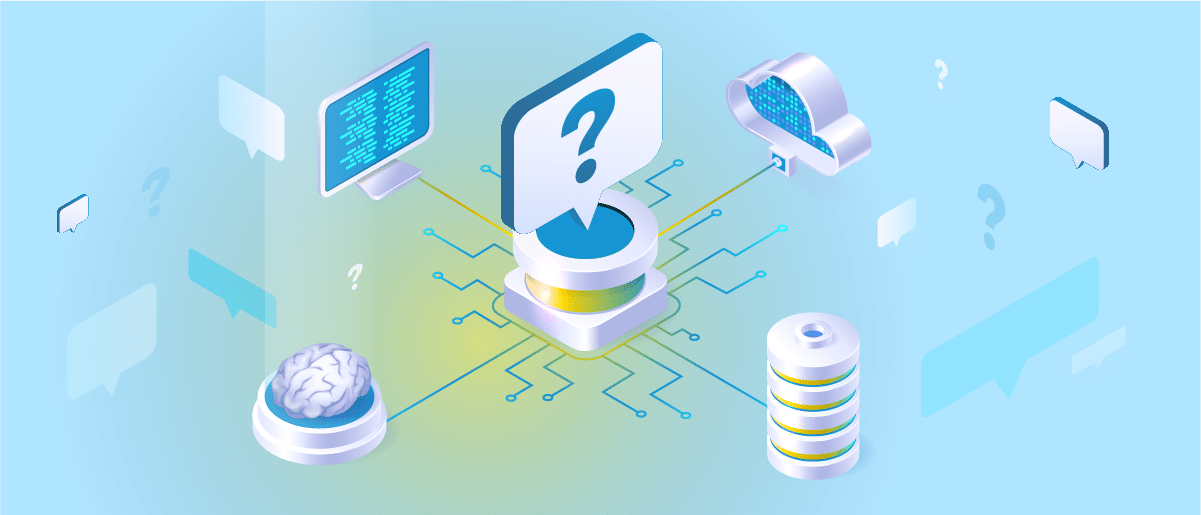
Data scientists are critical to MLOps, but they can’t do the whole job of productionising ML models. EE explains how to build a cross-functional team to drive successful projects.
July 6, 2022https://www.equalexperts.com/blog/tech-focus/why-mlops-should-be-at-the-top-of-your-to-do-list/
We know most AI projects fail to make it past experimentation. Adopting MLOps can help your organisation to make that leap, and realise the full potential of machine learning
June 29, 2022https://www.equalexperts.com/blog/tech-focus/everything-need-to-know-mlops/
Our guide to MLOps answers the most common questions about this rapidly growing framework, from what it is, to how to make sure your models deliver the best possible results.
June 22, 2022https://www.equalexperts.com/blog/tech-focus/what-is-mlops-principles-operationalising-machine-learning/
What are the six fundamental principles of MLOps? Our new Playbook provides insight into six critical strategies to adopt when operationalising machine learning.
June 15, 2022https://www.equalexperts.com/blog/tech-focus/user-involvement-mlops-tips/
Staffers at Amazon can attend an ML University to help learn the basics of AI technology. What the retailer knows is that educated, involved users are critical to the success of MLOps. Here are 5 ways to help your business become more involved with AI.
June 8, 2022https://www.equalexperts.com/blog/tech-focus/mlops-security-tips-development/
One of the most common pitfalls in MLOps is failing to adopt secure development models at each stage of a project. Read on to discover four essential principles of secure development, and how to implement them.
May 26, 2022https://www.equalexperts.com/blog/tech-focus/accelerating-ai-using-mlops/
Companies are racing to use AI insights to drive data-driven strategies. MLOps can help accelerate the process – and deliver the full potential of AI – by ensuring models are trained, deployed and managed using consistent, scalable and reusable processes.
May 18, 2022https://www.equalexperts.com/blog/tech-focus/challenges-of-mlops/
From model training to validation, we’re sharing some of the biggest challenges associated with MLOps in our latest playbook. You’ll find expert guidance on how to identify these challenges, and – crucially – how to solve them.
May 10, 2022https://www.equalexperts.com/blog/tech-focus/what-is-mlops/What is MLOps?Our introductory guide explains how adopting MLOps can help organisations to develop, deploy and manage machine learning (ML) models at scale, helping solve the problem of AI projects that don’t get off the starting blocks.
May 5, 2022